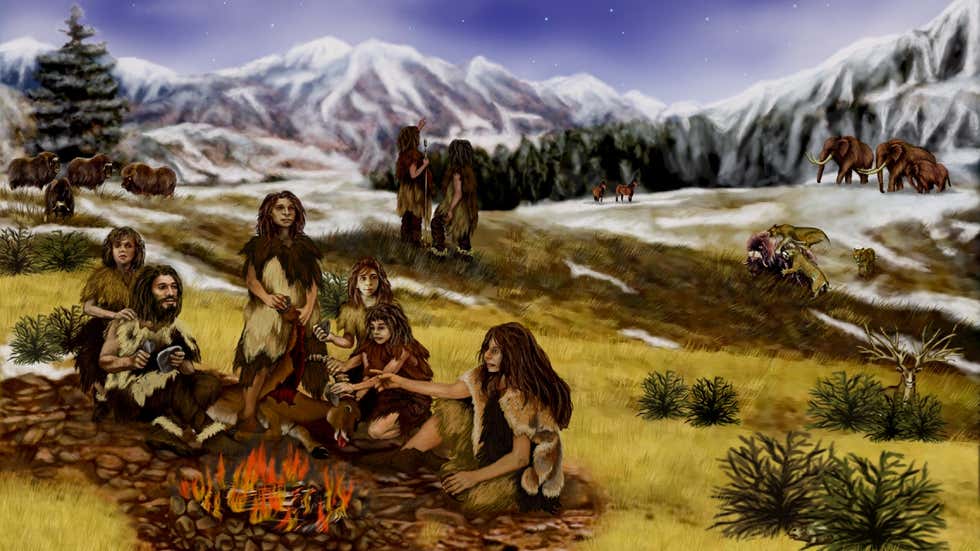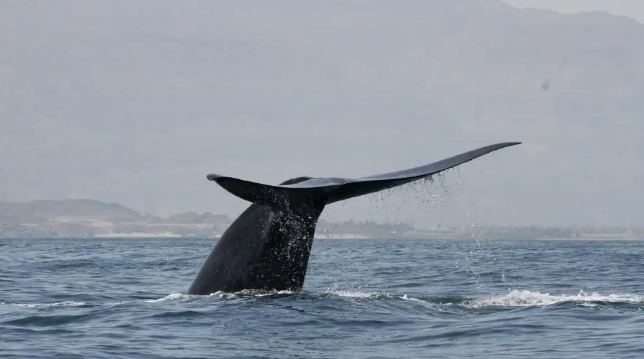
#WorldPolarBearDay: Here are some of the most interesting facts about polar bears, which make them one-of-a-kind in the diverse animal kingdom.
The big, burly white polar bears of the Arctic are among the most loved animals on the planet. However, in recent decades these magnificent animals, which are vital for the health of the Arctic environment, are facing several threats, including the omnipresent climate change.
In the form of retreating ice, we are snatching away their home inch-by-inch year-on-year. In fact, in 2020, a study has projected that polar bears could be gone by 2100 if emissions remain unchecked.
Every year, February 27 is marked as the International Polar Bear Day, to shed light on the importance of conserving these majestic predators of the Arctic. As per the World Wildlife Fund (WWF), it is estimated that less than 31,000 polar bears are left across the world.
Apart from the Arctic, they are found in the snowy landscape of Canada, Greenland, Denmark, Norway, Alaska and Russia.
Here are some of the most interesting facts about polar bears, which make them one-of-a-kind in the diverse animal kingdom.
Here are some of the most interesting facts about polar bears, which make them one-of-a-kind in the diverse animal kingdom.
🐻❄️Polar bears are thought to be fully white creatures, right? But actually, they are not!
Beneath the thick white fur, which protects them from the harsh winters, they have black skin. The black skin of these ice beasts helps them absorb more sunlight in the freezing cold.
Beneath the thick white fur, which protects them from the harsh winters, they have black skin. The black skin of these ice beasts helps them absorb more sunlight in the freezing cold.
🐻❄️They are marine mammals!
This may sound surprising for many, as we presume that polar bears spend most of their lives on land and are terrestrial mammals. But, this is not the case! Polar bears are classified as marine animals and spend most of their time on the sea ice of...
This may sound surprising for many, as we presume that polar bears spend most of their lives on land and are terrestrial mammals. But, this is not the case! Polar bears are classified as marine animals and spend most of their time on the sea ice of...
...the Arctic Ocean. In fact, their scientific name, Ursus maritimus, also means sea bear.
Being a marine mammal makes them an excellent swimmer and believe it or not, they can swim consistently for days.
Being a marine mammal makes them an excellent swimmer and believe it or not, they can swim consistently for days.
🐻❄️They are the longest-fasting mammals on Earth!
The female bear usually gives birth during the winter months by digging den into deep snowdrifts. The total gestation period is eight months and the birth season is usually November to January.
The female bear usually gives birth during the winter months by digging den into deep snowdrifts. The total gestation period is eight months and the birth season is usually November to January.

The fasting period can range from a whopping 180 to 186 days. It is known that in Hudson Bay, pregnant female bears can fast for as long as 240 days.
🐻❄️They are the largest living carnivores on Earth!
Polar bears are skilled hunters and depend wholly on the sea for their breakfast, lunch and dinner. In the bear family chart, polar bears are considered to be the most carnivorous member among all.
Polar bears are skilled hunters and depend wholly on the sea for their breakfast, lunch and dinner. In the bear family chart, polar bears are considered to be the most carnivorous member among all.
A polar bear’s stomach can store food about 15% to 20% of its own body weight. These Arctic giants can reach a weight of 770 kg, which makes them the largest living carnivores on Earth.
(NOAA FAIRWEATHER)
(NOAA FAIRWEATHER)

🐻❄️Their cubs are born blind and mostly as twins!
It is estimated that about two-thirds of their litters are twins. When born, the cubs are measured to be only 25 centimetres long with a bodyweight of around one kilogram.
It is estimated that about two-thirds of their litters are twins. When born, the cubs are measured to be only 25 centimetres long with a bodyweight of around one kilogram.

Only female bears take care of the little ones as male ones can even kill the cub.
🐻❄️They have an excellent sense of smell!
These magnificent mammals are the masters of their environment and therefore have a strong sense of smell. They can easily sniff out and track prey hiding at a whopping distance of up to 32 km.
These magnificent mammals are the masters of their environment and therefore have a strong sense of smell. They can easily sniff out and track prey hiding at a whopping distance of up to 32 km.
As per Polar bear International, they move cross-wind to encounter new scents and turns upwind when they smell something interesting. Moreover, females, when they are ready to mate, excrete a pheromone smell through their paws, which is sensed by male polar bears.
• • •
Missing some Tweet in this thread? You can try to
force a refresh












